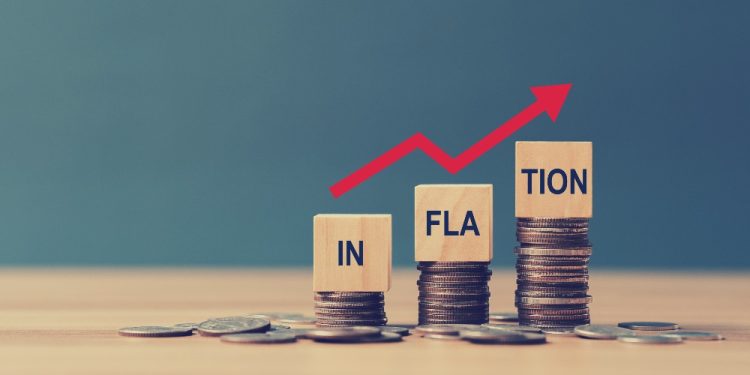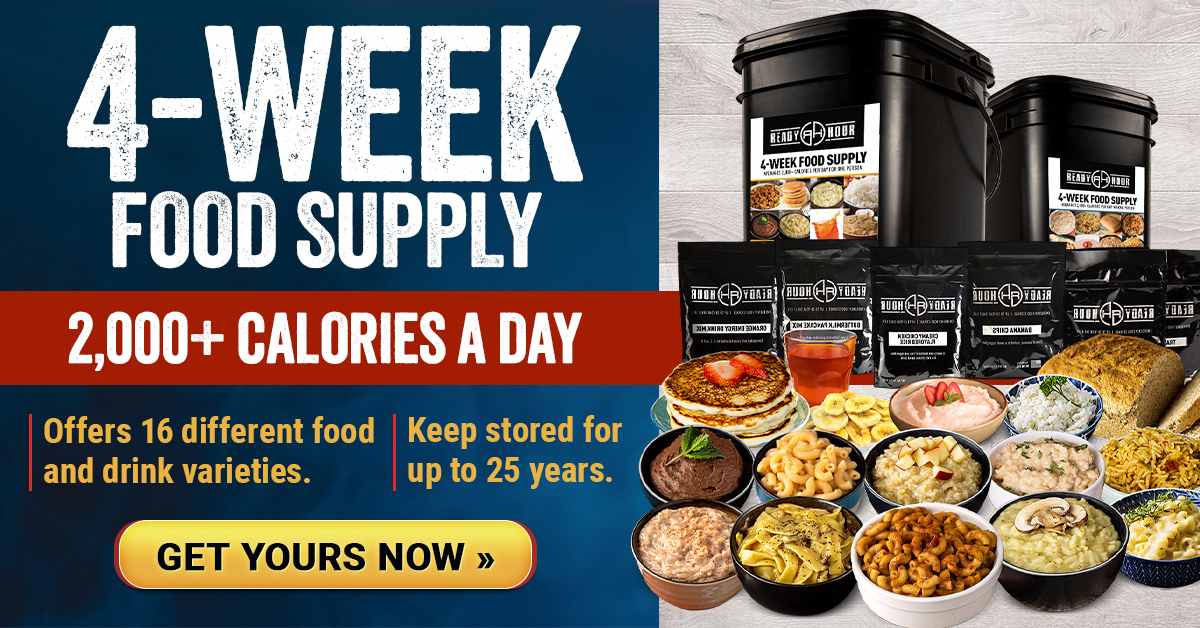Eventually, the inflationary credit emitted by the Fed works its way through the global economy and comes home to roost in the form of reduced domestic output and rising prices. In this regard, there is no more powerful tell than the round trip of the PCE deflator for durable goods during the past 28 years.
As shown in the chart below, prices for durable goods, which are now mostly manufactured abroad, plunged continuously and by a staggering 40% between early 1995 and the Covid-Lockdown bottom in Q2 2020. There is no broad-scale deflationary gale quite like it in all of recorded history.
What caused it, of course, was a one-time arbitrage of labor and other local production costs on the massively expanded global supply chain enabled by modern technology.
Again, however, that wasn’t a wonder of capitalism alone. What drove the global supply chain deep into the interior of China and other ultra-low labor cost venues was the Fed’s lunatic inflation-targeting policies—originally de facto under Greenspan and then eventually (2012) official under Bernanke.
The truth is, when Mr. Deng declared that to be rich was glorious and opened China’s great export factories, sound money in the US would have resulted in a continuous deflation of the drastically swollen US cost and price level that had emerged from the Great Inflation of the 1970s.
Obviously, Alan Greenspan, the once and former champion of the gold standard, was having none of it. Had he permitted the nation’s swollen cost structure to deflate in order to keep domestic production competitive, he would not have been the toast of the town in Washington. He would have been vilified by the politicians because the indicated cure of soaring interest rates and shrinking domestic credit on the free market would have made financing the giant Federal deficits which emerged in the Reagan era well nigh impossible.
So Greenspan pretended to be the champion of sound money by taking credit for a phony gain he was pleased to call “disinflation”. The latter amounted to deliberately depreciating the purchasing power of savers and wage earners, but just not quite as rapidly as during the worst days before Volcker.
Needless to say, in a globalized economy inflationary money is quite the trickster. In the initial instance it led to the massive and relentless off-shorting of production, and the re-importing of the same goods produced abroad via the cheap labor being requisitioned from China’s vast interior rice paddies.
Inflation of the dollar came back as deflation of durable goods prices!
It also allowed the Fed to claim that it had vanquished inflation and that its altogether new challenge was the madness called “lowflation” or too little inflation. That’s truly when the Keynesian central bankers lost their minds.
Alas, the trouble with “lowflation” is that it was a one-time aberration, not a permanent or sustainable condition. As the above sharp hook in the chart attests, the sub-index for durables is now up by 15% from the bottom, even as the global supply chain continues to contract owing to the exhaustion of cheap labor in China and badly lagging political patience with free trade in the US and throughout the west.
Not surprisingly, therefore, the deeply embedded inflation that has has been fostered by the Fed and its fellow-traveling central banks is now proving to be far more stubborn than our Keynesian money-printers ever anticipated; and far more vicious that the clownish perma-bulls of Wall Street ever imagined.
Here is still one more reminder. We have long-argued that the proper approach to fashioning a “core” inflation gauge is not to arbitrarily drop items out of the price basket like food, energy and now shelter, too. Take that far enough and inflation drops to zero because you are no longer measuring anything that even remotely resembles the general price level.
By contrast, the trimmed mean CPI is just the ticket because each month it drops out the high and low 8% of items, respectively, but these are never the same components. So you are smoothing the monthly perturbations, not eliminating great gobs of the price structure.
- Gold SKYROCKETED during Trump’s first term and is poised to do it again. Find out how Genesis Precious Metals can help you secure your retirement with a proper self-directed IRA backed by physical precious metals.
In any event, the chart below presents the 16% trimmed mean CPI on both a year-over-year basis (purple line) and a monthly annualized basis (black line).
16% Trimmed Mean CPI, Y/Y Change Versus Annualized Rate of Monthly Change, 2018-2023
In short, decades of inflationary finance are coming home to roost. The Fed is not in charge of the cycle and it’s not over-doing its belated attempt to permit interest to return to some semblance of rationality relative to the underlying rate of inflation.
So now would be a good time to duck and cover.
They say that the Fed always breaks something but that is only partially true. What it actually broke was the money and capital markets long ago, and now there is only more demolition to come.
Editor’s Note: The truth is, we’re on the cusp of an economic crisis that could eclipse anything we’ve seen before. And most people won’t be prepared for what’s coming.
That’s exactly why bestselling author Doug Casey and his team just released a free report with all the details on how to survive an economic collapse. Click here to download the PDF now.
Article cross-posted from International Man.







